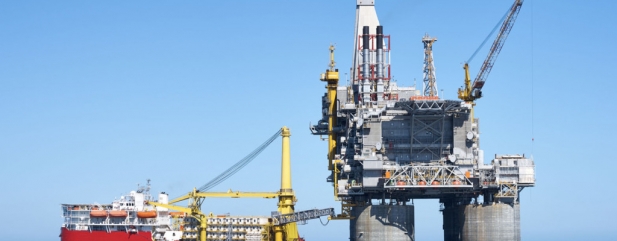Archived article
Please note that tax, investment, pension and ISA rules can change and the information and any views contained in this article may now be inaccurate.
Can BP and Shell deliver on dividends?

The future direction of UK oil majors BP (BP.) and Royal Dutch Shell (RDSB) is heavily tied to the fate of their dividends. On balance we think these payments will be sustained and their hefty prospective yields will compress or in other words their share prices will rise. At the current £21.52 Shell yields 7% and at 462p BP yields 6.5%.
First half results from BP and Shell were encouraging. BP unveiled (1 Aug) production up 6% and unit operating costs down 18%. Profit actually fell year-on-year in the second quarter from $720m to $684m thanks to a write-off on a cancelled project in Angola but this was materially better than the $500m pencilled in by analysts.
CASH IS KING
Before payments related to the 2010 Gulf of Mexico oil spill were factored in cash flow of $6.9bn actually covered capital expenditure and dividends – the holy grail for BP. But with payments factored in the figure was trimmed to $4.9bn. The dividend remained at 10 cents.
Shell’s results on 27 July were slightly less eye-catching but still solid with chief executive Ben van Beurden noting that significantly ‘over the past 12 months cash flow from operations of $38bn has covered our cash dividend and reduced gearing to 25%’.
Both UK companies fared notably better than their US peers. ExxonMobil and Chevron endured share price weakness as their earnings fell short of expectations. Chevron’s earnings per share of 77 cents per share compared with a consensus forecast of 87 cents and Exxon’s 78 cents with a forecast of 84 cents.
Nonetheless they still posted improved profit figures, demonstrating that big oil’s effort to scale back costs is bringing some reward.
OIL IS RECOVERING
Oil prices are showing signs of being more helpful with both the US yardstick WTI and its international benchmark Brent trading above $50 per barrel as they posted the first monthly gains of 2017 in July.
This has been supported by a drop off in US stockpiles and a fall in the dollar which makes commodities like oil, which are priced in dollars, less expensive for holders of other currencies.

We would be buyers into strength at BP and Shell.
Important information:
These articles are provided by Shares magazine which is published by AJ Bell Media, a part of AJ Bell. Shares is not written by AJ Bell.
Shares is provided for your general information and use and is not a personal recommendation to invest. It is not intended to be relied upon by you in making or not making any investment decisions. The investments referred to in these articles will not be suitable for all investors. If in doubt please seek appropriate independent financial advice.
Investors acting on the information in these articles do so at their own risk and AJ Bell Media and its staff do not accept liability for losses suffered by investors as a result of their investment decisions.

 magazine
magazine










